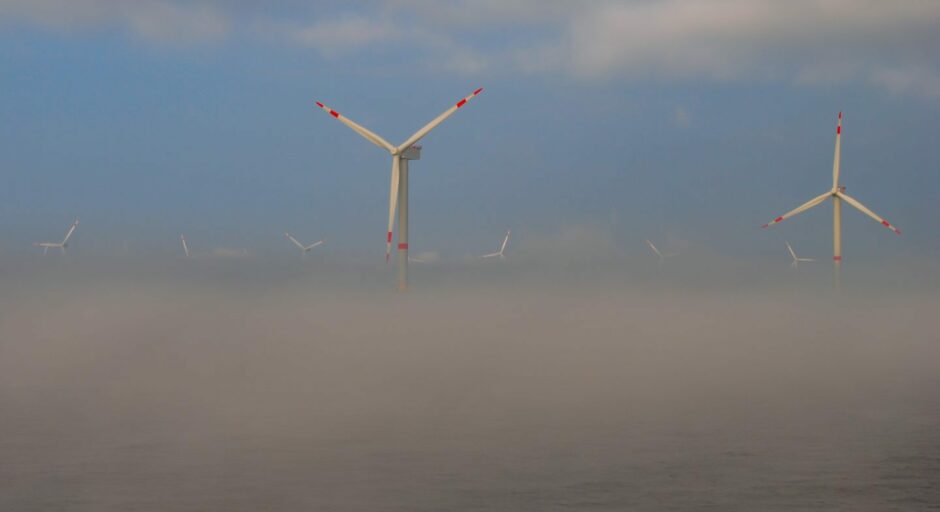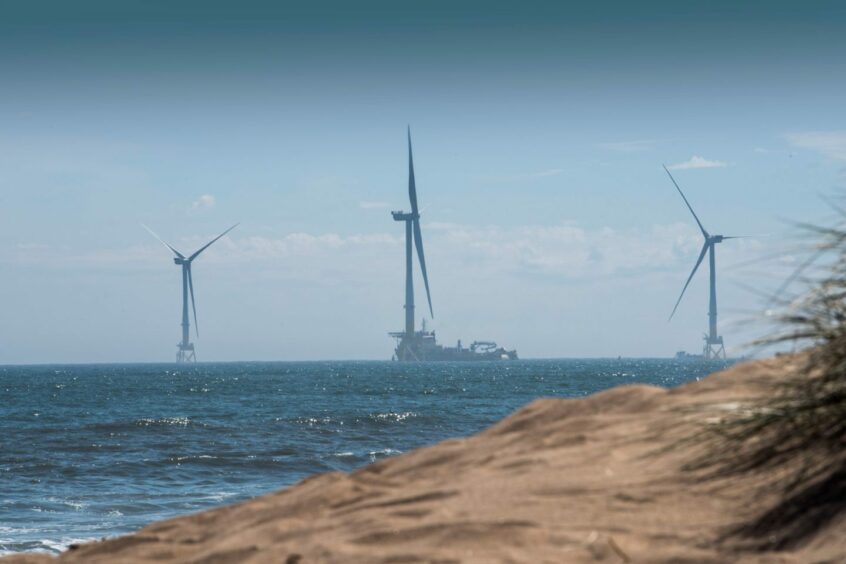 © Shutterstock / Claudia Harms-War
© Shutterstock / Claudia Harms-War Was the government’s recent auction a “record-breaking” success for renewables or a total wipeout?
This week saw publication of the latest contracts for difference (CfD) awards – the government’s flagship scheme for renewable energy procurement.
Yet despite success for solar power, onshore wind, tidal and geothermal energy projects, offshore wind – supposedly the UK’s clean energy powerhouse – was entirely absent from the final awards.
So what went wrong?
What are CfDs?
Contracts for Difference are a 15-year private law contract between low-carbon electricity generators and the Low Carbon Contracts Company, a government-owned company manages which manages them at arm’s length.
Contracts are awarded via competitive auctions, known as allocation rounds (AR), in which the lowest priced bids are successful.
The government puts aside a pot of money for the auction and sets “strike” prices for each technology – a figure which represents the maximum price per MWh that a project of a particular type can receive.
Project developers then bid competitively, putting in the best prices they hope to receive for their projects below the cap, along with the year they would deliver power.
The bids are ranked and the lowest are awarded contracts, until the allocated pot money is used up.
Once they are generating, project owners receive revenue from selling their electricity into the wholesale market. When the market price is below the strike price, generators receive a top-up payment for the additional amount. Conversely, if the reference price is above the strike price, the generator must pay back the difference.
The intention is that this incentivises investment in renewable energy by providing developers of long-term, high-cost projects with certainty – protecting them from volatile wholesale electricity prices.
Meanwhile, consumers are protected from paying increased costs when electricity prices are high.
What happened in AR5?
The results of the latest allocation round (AR5) were announced this week.
AR5 marks the first time the auction has been held annually since the CfD scheme’s inception, and offered two budget ‘pots’ on offer and a final budget of £227 million.
The Department for Energy Security and Net Zero said 95 projects had secured CfDs, representing just shy of 3.7GW of capacity. That’s up in volume from 93 in the previous round, but just a third of the nearly 11GW of AR4 capacity which spanned offshore wind, solar, and saw the inclusion of floating offshore wind and tidal stream for the first time.
Previous auctions saw the prices offered by most technologies plummet over successive rounds. However, AR5 has been held in a vastly different environment.
The offshore wind sector, like much of the economy, has been hit hard by inflation. This increases not only the cost of materials like steel and the services needed to complete projects, but also the cost of capital and finance to fund them.
Another reason is the structure of the auction itself. AR5 saw fixed-bottom offshore wind moved into “Pot 1” meaning it competed directly with established and potentially cheaper technologies like solar and onshore wind for the first time.
The administrative strike prices in that pot also put offshore wind among the most competitive technologies, with a maximum price of £44/MWh, compared with £47 for solar and £53 for onshore wind. (These are indexed to 2012 prices to ensure consistency, but reflect an actual price of around £60/MWh today, compared with wholesale prices that trend closer to £100/MWh.)
As Sam Richards, founder of campaign group Britain Remade, summarised: “By capping the price the sector could bid at too low, government set it at a level that made it impossible for investors to meet their costs.”
Why does it matter?
These hurdles have significantly diminished appetite for new bidders – a disappointing turnout, but unsurprising given months of warning signs from the wind sector itself.
Meanwhile some projects procured under previous rounds – plans and funding for which have taken years to put together – have already been put on hold.
Vattenfall’s 1.4GW Norfolk Boreas scheme – which secured CfD support in AR4 – has been shelved. Others, such as Orsted’s Hornsea Three, another AR4 winner, have been put at serious risk.
That is concerning because of the short time left to reach incredibly ambitious targets. The government hopes to deploy 50GW of offshore wind capacity by 2030 – from around 14GW at present. Given the time to consent and fund new schemes, the loss of even a few projects could mean falling short.
There is some cause for optimism – the lack of bids shows the sector is serious about cost discipline, and that developers are not prepared to be loss leaders. The question now is now how to address the system to ensure AR6 does not see similar results.
The CfD scheme remains a roaring success in getting renewable energy online, but it’s clear that some changes are needed if it is to maintain developer interest and provide fair returns in future.

